How Do Glaciers Form?
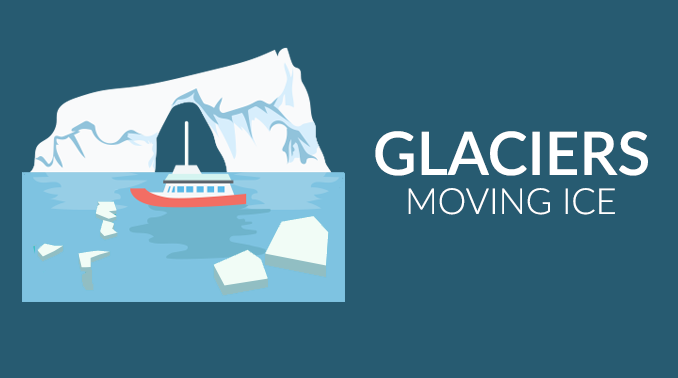
“Glaciers form over continents by continuous snow accumulation. As snow piles up, air squeezes out and compacts into a thickened mass of snow and ice.”
In order for glaciers to form, it needs to meet several conditions:
- SNOW ACCUMULATION: Glaciers need continuous snow accumulation to form over continents. When snow adds to the glacier, it has to be retained without melting.
- ICE CRYSTAL FORMATION: Next, air squeezes out and compacts through sublimation. Then, crystals of ice form by going from a solid to gas, without turning into a liquid. Gradually, it refreezes into grains of ice similar to the size of sand. Because the snow pushes together, it forms glacial ice.
Overall, glaciers can grow hundreds of feet in height. This is because ice is piling up on top without ever melting.
Continental and alpine glaciers?
There are two types of glaciers:
- CONTINENTAL GLACIERS: Continental glaciers form over continents. The Arctic is not a glacier. It’s just sea ice. Continental glaciers in Greenland and Antarctica store roughly 99% of the world’s ice.
- ALPINE GLACIERS: The remaining amount of ice is in alpine glaciers, which are in mountainous regions.
According to NSIDC, the Antarctic Ice Sheet holds a volume of roughly 80% of freshwater ice on Earth. Whereas the Greenland Ice Sheet stores about 19% occupying 4/5 of Greenland. The remaining 1% exists in almost 200,000 alpine glaciers dispersed throughout the world.
| Glacier Type | Area | Volume | Percent (Volume) |
|---|---|---|---|
| Antarctic Ice Sheet | 14,000,000 km2 | 30,000,000 km3 | 90.9% |
| Greenland Ice Sheet | 1,700,000 km2 | 2,850,000 km3 | 8.6% |
| Alpine Glaciers | 680,000 km2 | 170,000 km3 | 0.5% |
How do glaciers work?
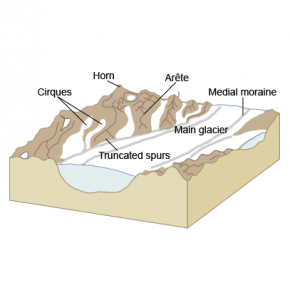
Glaciers chisel away the land like a rake. They are powerful agents of erosion. They’re just second to water which is the best at eroding land.
Like a rake scraping the dirt, glaciers move very slowly leaving a lasting impression. For example, they alter landscapes into arêtes, cirques, horns, drumlins, and moraines.
During the last ice age, glaciers scraped away Canadian rock and carried glacial debris on a path to New York. In fact, Long Island is the glacial debris from the sediment dumping of a glacier terminal moraine.
It’s easy to recognize glacial sediment because it’s unsorted material (glacial till). Continental glaciers scrape away at the land and dump boulders, dirt, and powder rock along their track.
What are the components of a glacier?
Glaciers shape the land. They have three main components to them:
- ZONE OF ACCUMULATION: The “zone of accumulation” is where snow falls and adds to the glacier.
- ZONE OF ABLATION: The “zone of ablation” is where the glacier loses ice most likely due to melting.
- FIRN LINE: The “firn line” marks the division between the zone of accumulation and ablation.
Alpine glaciers accumulate snow at the top of mountains. Then, they flow downhill in a fluid manner (ductile flow). They move much quicker than continental glaciers.
Continents glaciers move horizontally through basal sliding. Basically, there’s enough water at the base of the glacier so it removes most of the friction.
On average, glaciers move just centimeters a day. If the glacier travels along a downward slope, speed increases.
How do glaciers erode the land?

Glaciers are erosional behemoths. Glaciers can tear down mountains faster than any other geologic process. As glacial ice flows in a fluid manner, it erodes the surface in two primary ways:
- ICE PLUCKING: Ice plucking fills between cracks and rips sediments by freezing and thawing.
- ABRASION: Abrasion drags, scratches and grinds down material along the base of the glacier through friction.
Together, ice plucking and abrasion incorporate the material into the glacier. The embedded material can pulverize rock into finer bits of sediment “rock flour”. When the glacier recedes, wind can blow the fine dust. As it spreads along the surface, this “loess” helps the fertility of soils.
Both continental and alpine glaciers use these two erosion mechanisms. But the scale for “abrasion” and “ice plucking” in continental glaciers is massive.
Which features are caused by glaciers?
Glaciers are the ultimate sculptors of the landscape. If you take a look around, they carve out features like drumlins, kettles, and valleys.
Here is some of the common terminology you’ll hear for glaciers:
U-Shaped Valley
When glaciers erode a valley, they create U-shaped valleys. Whereas streams carve out V-shaped valleys. Rivers mainly have one point of contact. But glaciers have contact everywhere which gives them a bowl shape.
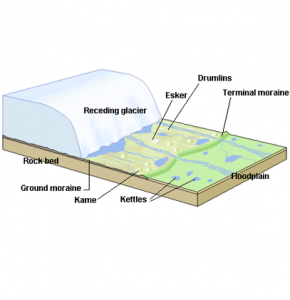
Cirque
At the top of the glacial valley, it has a head-wall called “cirque”. Cirques are concave in shape and form near or at the bottom of the mountains.
Arête
Arêtes are steep knife-edge ridges that form on opposing sides. Both sides have been worn down by erosional processes creating a narrow ridge.
Horn
When arêtes erode three or more sides, the sharp-edge peak that remains is a “horn”. For example, the Matterhorn in Switzerland is one of the most notable horns formed by glacial erosion.
Fjords
Fjords are glacial valleys that formed from glaciers. Between two steep cliffs, the area flooded out at the base is a fjord.
Drumlins
When glaciers move through mountains, the hills that aren’t completely removed are “drumlins”. These thick, low oval mounds point in the direction of the ice flow.
Terminal Moraine
Alpine glaciers erode rocks and the unsorted glacial sediment is carried to the end of the glacier at a “terminal moraine”. The endpoint where the glacier dumps rock and sediment is the point of furthest advancement.
Braided Streams
When glaciers dump sediment at the end of the glacier, it can choke the carrying capacity of streams. When glacial ice melts, it creates a braided stream with the flow of water winding back and forth.
Icebergs
If glaciers move into an oceanic environment, large chunks of the glacier can tear off. This process of calving can form icebergs as the torn ice floats away into the water.
Kettles
Kettles are depressions that form from dead ice. When glaciers recede, large blocks of ice are left behind. If outwash gets dumped around it, ice melts in the middle. This creates a depression lake which is a kettle.
Crevasses
Most glaciers have breaks (or crevasses) at the top of them. These brittle parts in glaciers are deep cracks due to the stress of moving on rocky terrain beneath.
How Do Glaciers Form?
Glaciers are large masses of ice that move slowly over long periods of time. They start out at a depth where the temperature is below freezing and the pressure is low.
Glaciers are found all over the world, but they are most commonly found at high altitudes in cold regions such as Alaska, Iceland, Europe, and the Arctic.
If you have any questions or comments, make sure to send them to us with the comment form below.

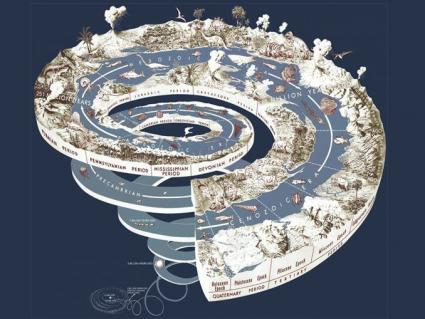


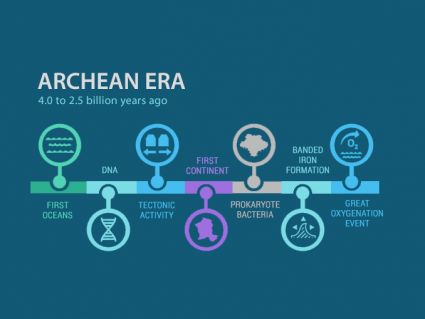
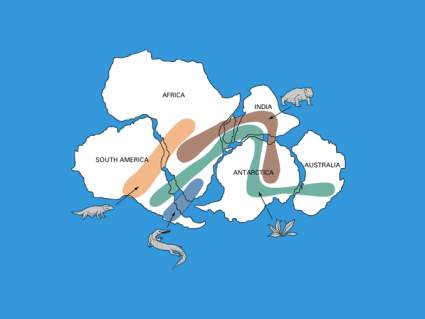

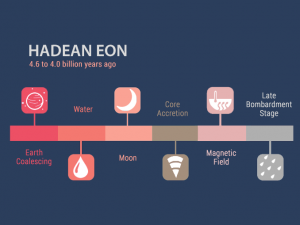
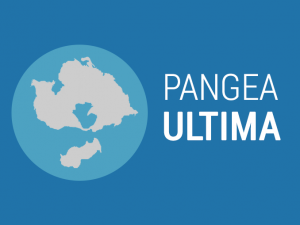
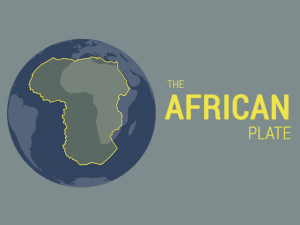


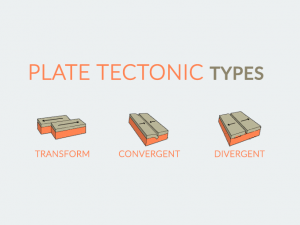
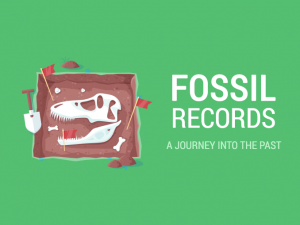
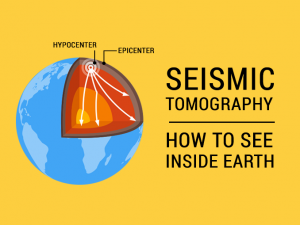
Good notes for sure
That notes are very important to me